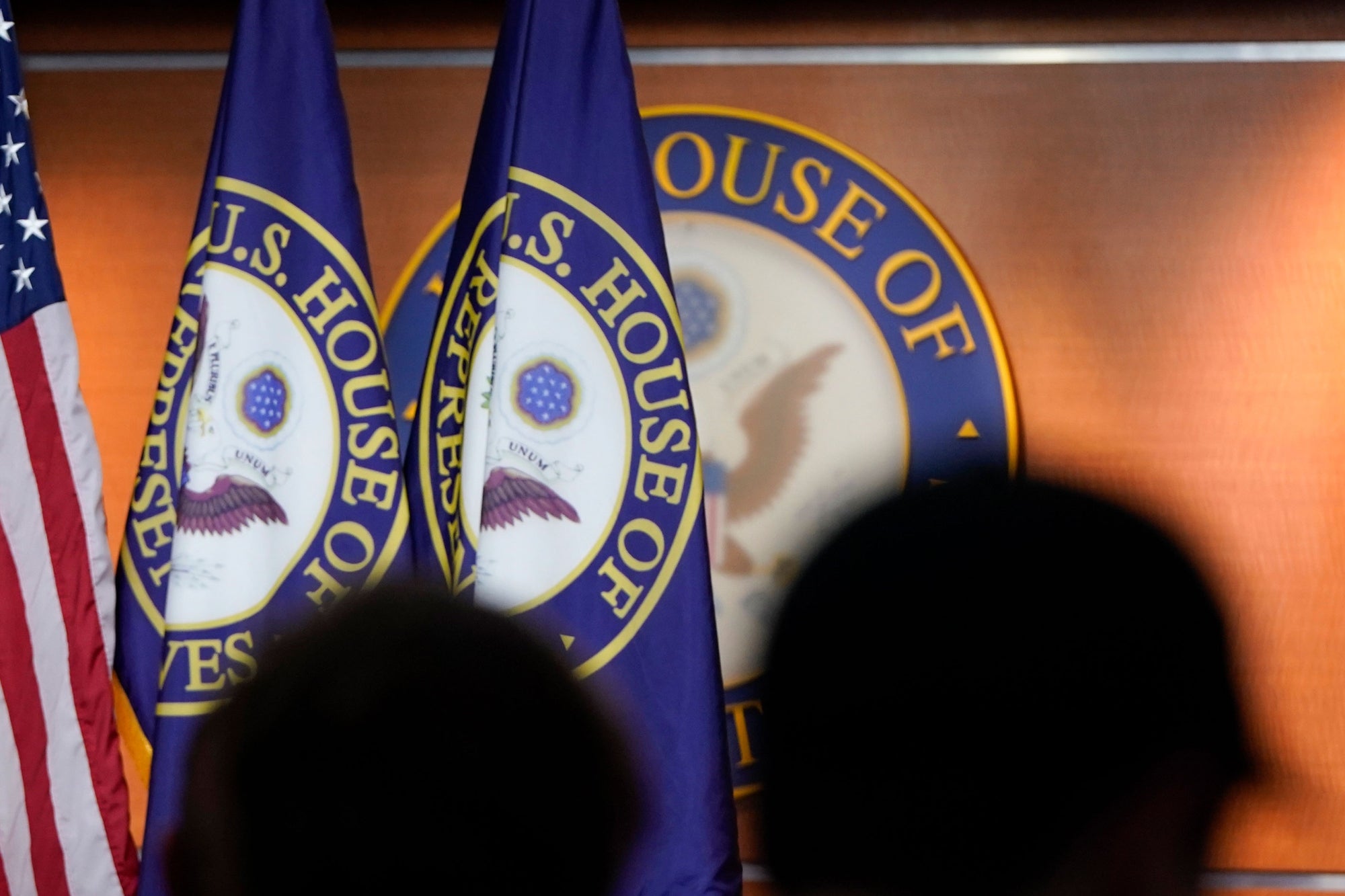Lessons to be learned from the Asian Digital Ad Industry In a modern and culturally diverse society, content in ads should not be taken lightly
Opinions expressed by Entrepreneur contributors are their own.
You're reading Entrepreneur Asia Pacific, an international franchise of Entrepreneur Media.

Advertising is a multi-facet, multi-layer, and multi-market game. Marketers must understand the environment in which they operate or face the consequences. This means, not only respecting cultural differences but market contexts as well.
Asia Pacific is one of the largest regions worldwide based on its advertising spending. It is, in fact, second to North America, with an ad revenue valued at about US$186 billion in 2018. This figure accounted for around 34 per cent of global ad spend in that year and was forecast to reach over US$195 billion in 2019.
Therefore, this is an important market to get right. Let's explore the specifics of this advertising market and what practitioners must consider when operating in this part of the world.
It's All About Mobile
The Asia-Pacific region is a hotbed of mobile advertising, set to outgrow the Americas and EMEA within a few years. In East Asia, the fight is between mobile ads and in-app purchases. While the West has always had a balance of in-app purchases and ad-driven business models, countries like China and Japan are more dominated by pay-to-win games that rarely lean on ads.
In-app ads should be considered due to their potential in engagement levels. In Southeast Asia, particularly Indonesia, apps are a growing prominence due to the ubiquity of smartphone usage and gaming. Thus, it serves as a promising market for advertisers who can then utilise rewarded ads. Reason being, people who watch these ads are essentially "opting in" to watch the ads, making them more open to discovery and less annoyed with traditional mobile ads that throw a curveball.
China's Growing Internet Population
Chinese consumers can discover, research, inquire with friends, and buy items all through one platform – be it WeChat or Taobao. Besides providing convenience for the consumer, this also allows brands to coordinate and monitor their messages across platforms to an extent, which would be more difficult to do in the West due to a lack of such multi-disciplinary platforms.
Today, internet connectivity is better and most of the advertising money is flowing to in-app ads, which accounts for 98 per cent of mobile ads in the country. Brands are racing to advertise in apps: Nike and McDonalds, which reportedly paid more than half a million yuan each to have their ads appear on WeChat, also on Tencent after it introduced rewarded ads into the messaging platform's gaming vertical.
As companies from the West come to advertise on Chinese platforms, the same goes for Chinese companies. Snapchat recently partnered with Baidu to allow companies in East Asia to capitalise on its presence in the US. As Chinese dominance grows in the advertising industry, marketers must understand how to leverage existing partnerships for global expansion. Also, marketers must not forget the importance of cultural factors, as well as to conduct a proper analysis of the demographics of their intended audience before diving into it.
Google and Facebook Continue to Dominate
According to Digital in Asia, digital ad revenue in Asia-Pacific grew by US$1.23 billion in 2017, but nearly the entire industry growth (US$1.13 billion) went to Google and Facebook. Consequently, Google and Facebook now account for more than 50 per cent of digital ad spent in the region and this percentage is growing every year.
Competing with Google and Facebook for ad revenue is a worldwide problem for publishers; but in Asia-Pacific's fragmented media market, the situation is even more dire. Individual publishers are too small to offer the reach of said platforms and their tech stacks are often too basic to integrate well with ad-buying platforms.
The big players have no plans to relinquish their power in Asia-Pacific either, which is evident through their continuous expansion in this part of the world. Facebook has ramped up operations in Asia with its first data centre in the region. This follows in the footsteps of Google who last year announced plans for its third data centre in Singapore, taking investment in the city-state to US$850 million.
One Size Does Not Fit All
Advertisers must remember that Asia is not one homogenous market. Just because a marketing campaign is successful in one country, it does not mean that its success is guaranteed in another. Asia is a continent comprising multiple countries, each with its own unique culture — and brands looking to enter Asian markets should treat them as such.
International companies that have employed this cookie-cutter approach to their marketing efforts as part of their expansion plans have failed miserably. Just look at KFC, Dolce & Gabbana, or Pepsi for some examples of what not to do.
Even in a modern and culturally diverse society like Singapore, content in ads should not be taken lightly. Although Singapore does not entirely follow stereotypical Asian traditions, race is a sensitive topic in a country that's worked hard to achieve racial harmony. Singaporean e-payment firm Nets' campaign is a prime example of local marketers breaking their own cultural code. Hence, it is imperative that advertisers devise their strategy and craft their content wisely.
Chinese are not similar with the people of Japan. Mistaking such groups for one another is a dangerous trap that many global advertisers have fallen victim to. With this in mind, Asia is an important and lucrative market that can, and should, be in the sights of multinational advertisers.
The region's ad industry serves as a good indication of where the global market is likely to head. Mobile, apps and social media show plenty of marketing promise but are yet to reach their full potential. International players would do well to take the lessons learned from Asia's successful experimentations with mobile marketing and multi-function applications and grow in this direction over the coming years.











